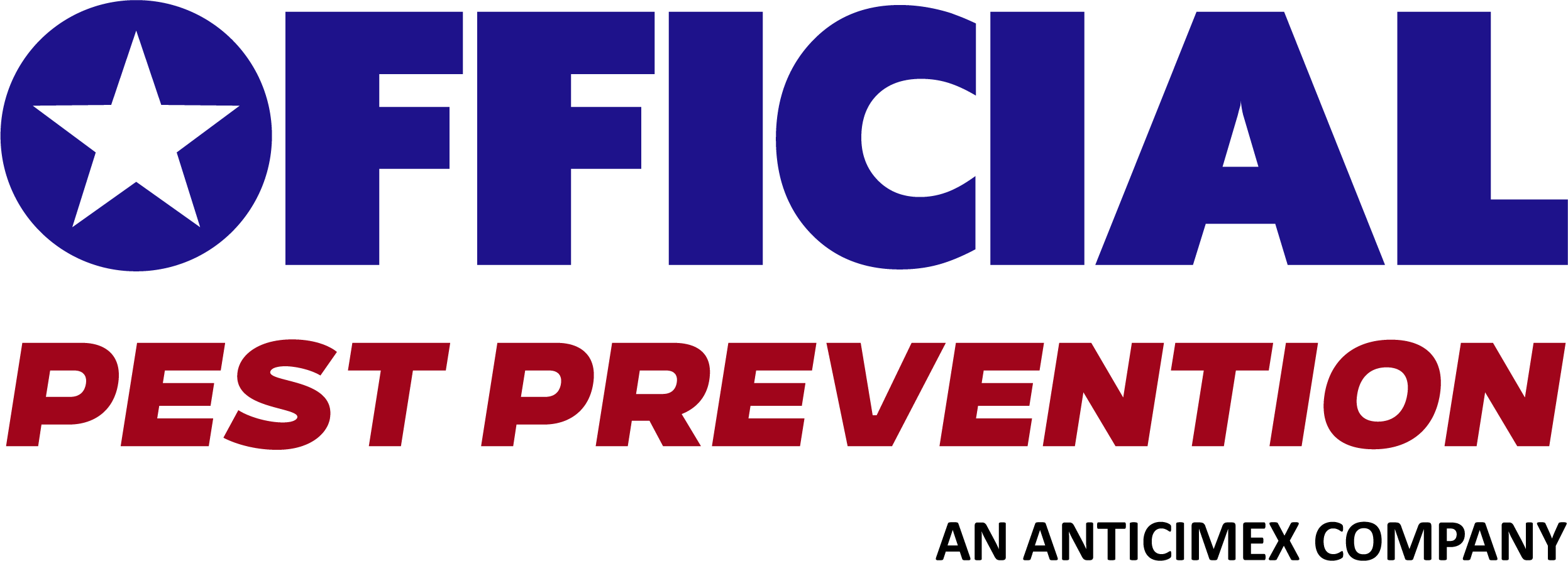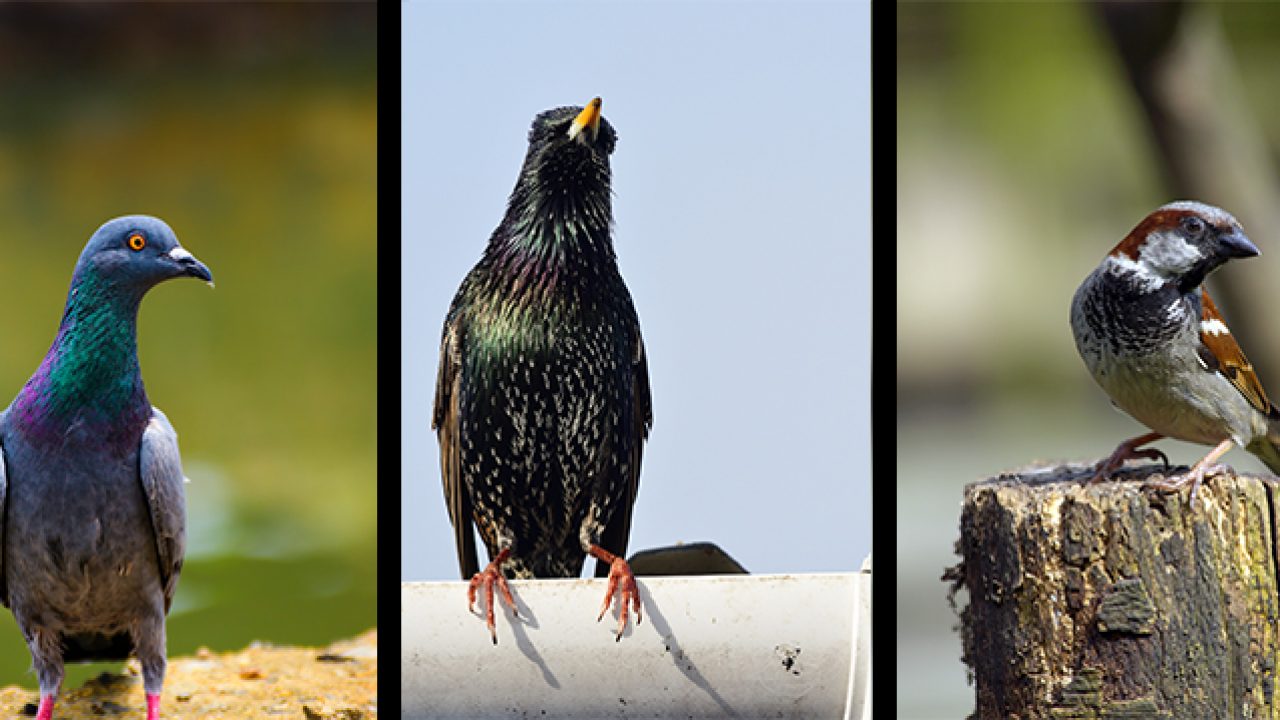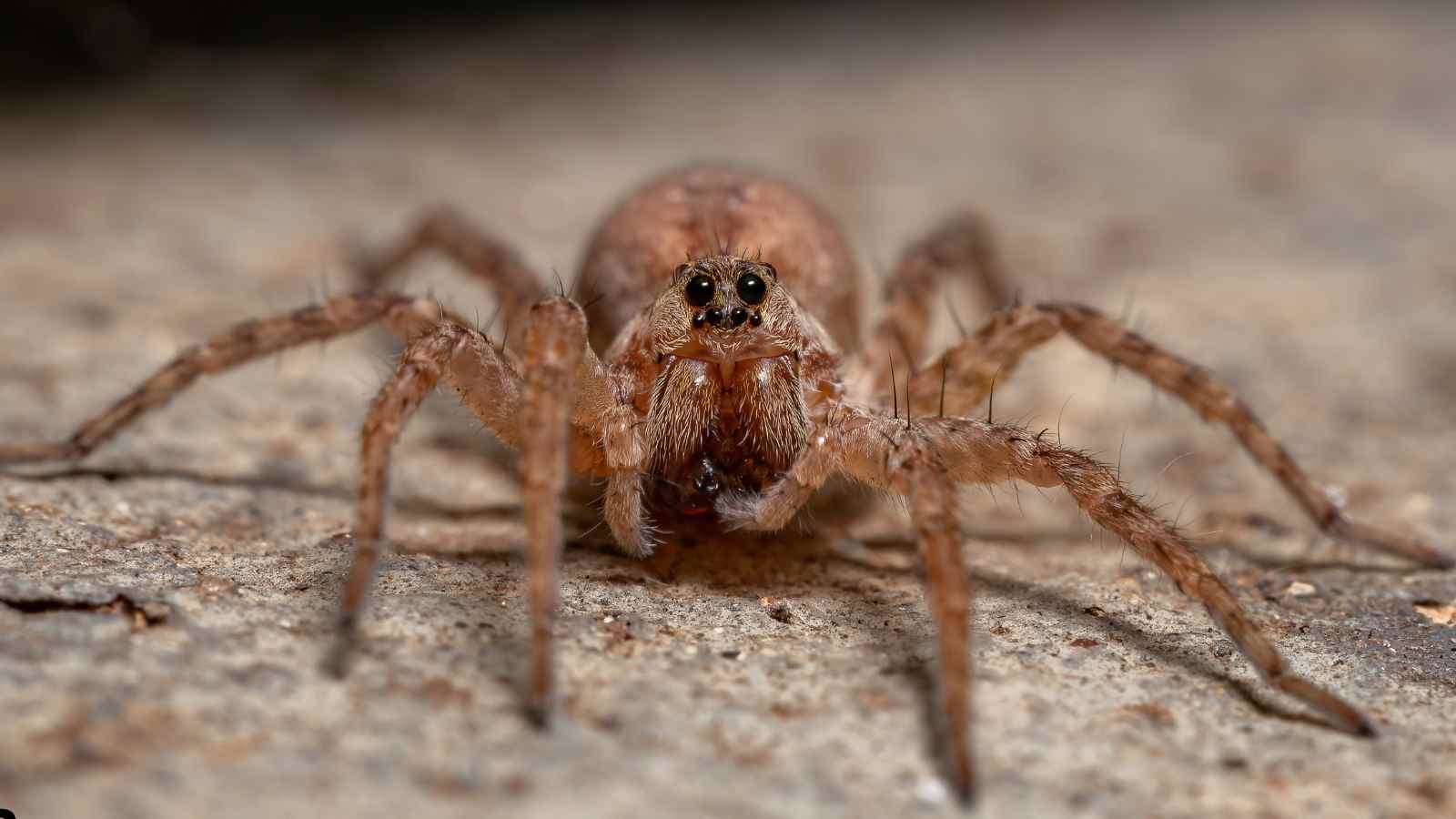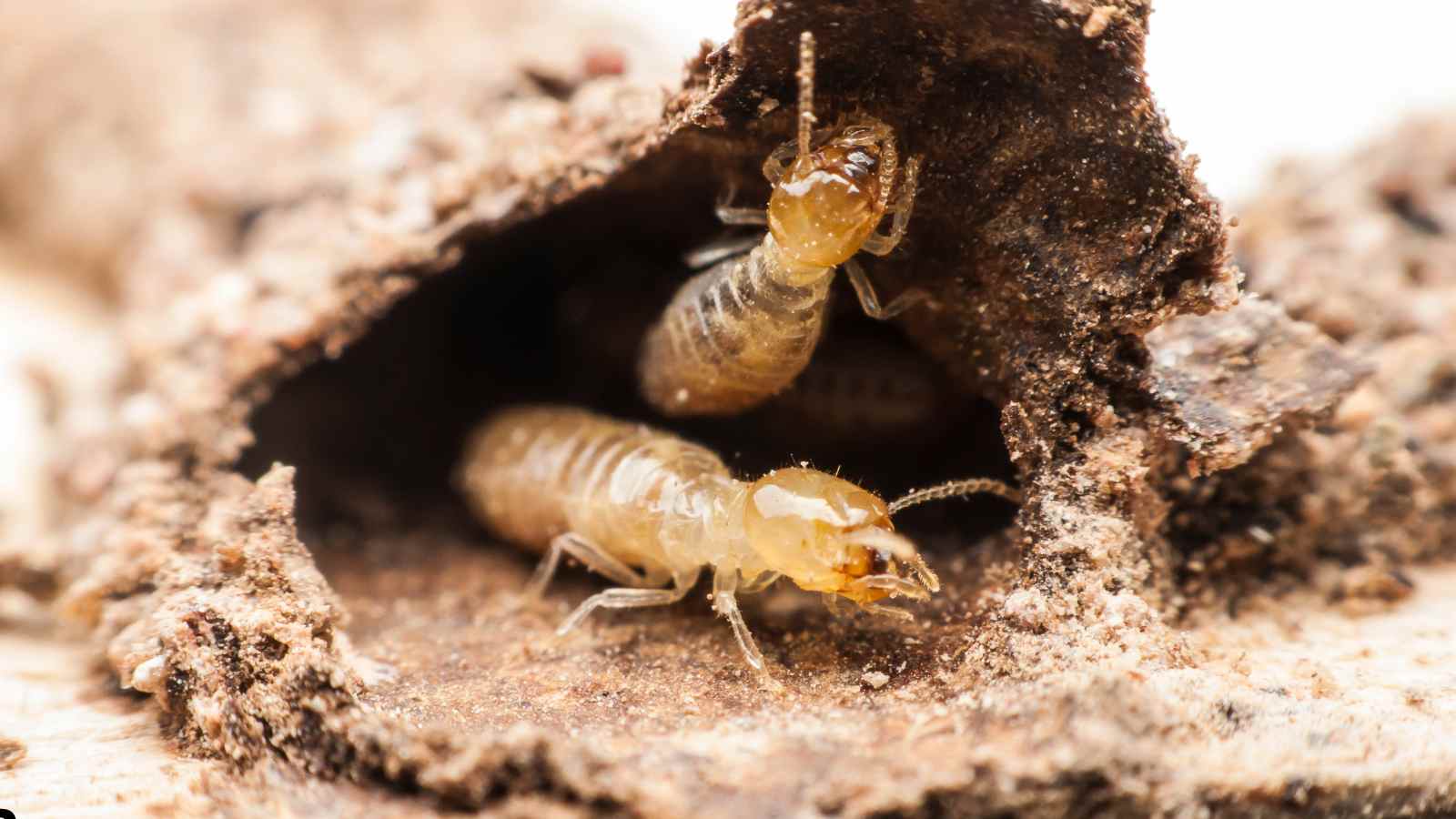When it comes to pest control in Fresno, CA, birds might not be the first pests that come to mind. However, some bird species can become major nuisances, especially when they decide to nest in your roof, attic, or other areas of your property. Not only do these pest birds cause structural damage and unsanitary conditions, but they can also bring other pests and spread diseases. Three common culprits in Fresno are the common pigeon, European starling, and house sparrow.
In this expanded guide, we’ll dive deeper into identifying these pest birds, the risks they pose, and the most effective ways to deter them.
Common Pigeon (Rock Dove)
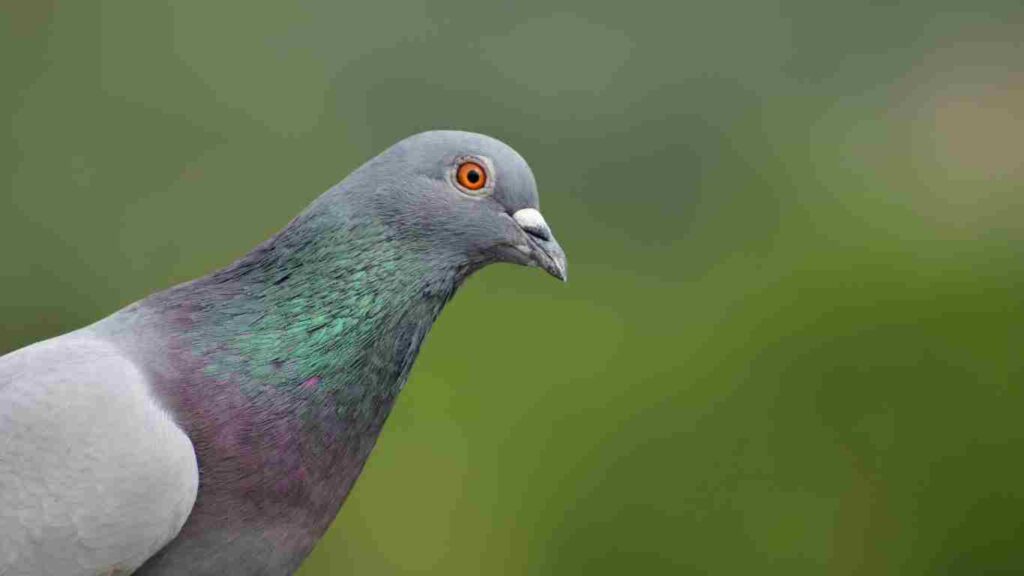
Pigeon Identification
Common pigeons are easy to spot with their distinct appearance. They typically have red feet, grey and black plumage, and black bands across their wings and tails. These birds average about a foot in length and are often seen perching on roofs, bridges, and other high structures.
Pigeon Diet and Behavior
Although pigeons prefer grain as their primary food source, they are opportunistic feeders and will consume discarded human food, such as scraps from open trash cans or littered leftovers. Their adaptability to urban environments makes them a persistent issue in Fresno and other cities.
The Risks Pigeons Pose
- Health Hazards: Pigeons are known carriers of diseases and parasites. They can transmit germs and illnesses such as salmonella, histoplasmosis, cryptococcosis, and toxoplasmosis through their droppings and feathers.
- Secondary Pests: Pigeons often carry fleas, mites, ticks, and lice, which can infest nearby areas and affect humans or pets.
- Structural Damage: Pigeon droppings contain acidic compounds that can corrode building materials, metal surfaces, and paint, leading to costly repairs.
Pigeon Prevention Tips
- Seal off access points to attics, roof gaps, and other potential nesting sites.
- Install deterrents like spikes or netting on flat surfaces to make landing areas uncomfortable.
- Regularly clean gutters to prevent buildup and block any small spaces pigeons could use to nest.
- Secure trash cans with lids and avoid leaving food scraps exposed outdoors.
European Starling
European Starling Identification
European starlings are medium-sized birds measuring 6 to 9 inches in length. They have glossy black plumage in the summer with yellow beaks, and in winter, their feathers develop light-colored speckles, and their beaks turn grey.
European Starling Diet and Behavior
Starlings feed on seeds, insects, and small invertebrates, but they’re not picky. They’ll also eat spilled or abandoned human food, invade garbage cans, and target fruits from trees, posing a threat to agriculture. Known for their large flocks, starlings often travel in noisy groups and can take over an area quickly.
The Risks Starlings Pose
- Spread of Disease: Like pigeons, starlings’ droppings harbor harmful bacteria and fungi that can spread illnesses to humans and pets.
- Structural Damage: Starlings’ droppings are acidic and can corrode steel, roofing materials, and painted surfaces.
- Noise Pollution: Their tendency to travel in large, noisy groups can disrupt neighborhoods, especially during roosting.
- Agricultural Damage: In Fresno’s agricultural landscape, starlings are known to damage fruit crops, such as grapes, cherries, and berries.
European Starling Prevention Tips
- Seal gaps larger than one inch to prevent starlings from entering attics, eaves, or other spaces.
- Prune trees to discourage nesting and avoid flat, horizontal surfaces where they might roost.
- Use bird feeders designed for smaller birds, as starlings struggle to access certain seed combinations and feeder designs.
- Keep trash tightly sealed, and remove any standing water that might attract these birds.
House Sparrow
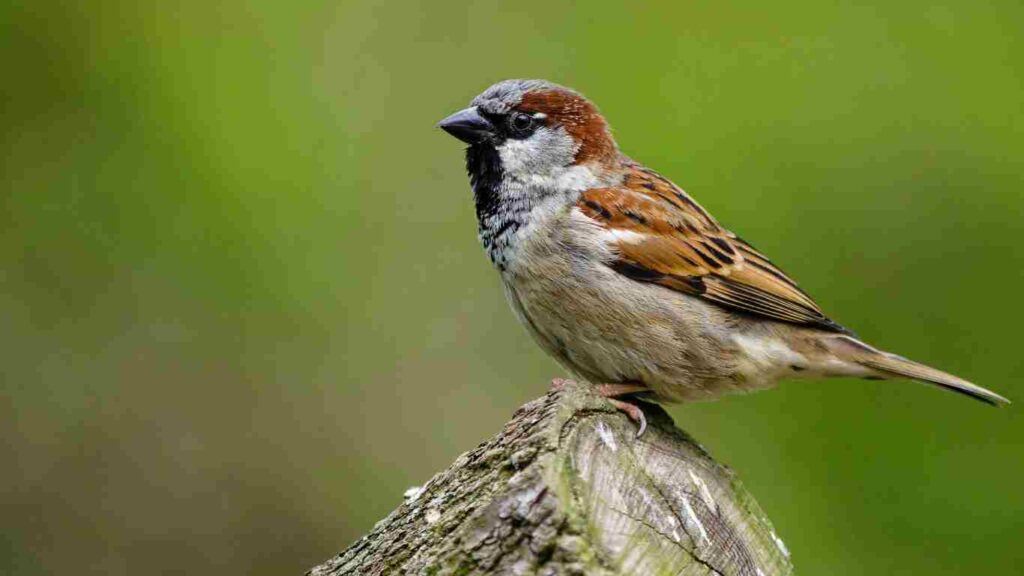
House Sparrow Identification
House sparrows are small birds, about 6 inches long, with black, brown, and grey streaked plumage. They are highly adaptable and thrive in both urban and rural environments.
House Sparrow Diet and Behavior
House sparrows primarily consume seeds and grains, but they also scavenge for human food scraps and have been known to damage flowers, seedlings, fruits, and vegetables. These birds are aggressive and will often outcompete native songbirds for nesting spots and food.
The Risks House Sparrows Pose
- Damage to Property: Their nests, often built in attics or vents, can clog systems, become a fire hazard, or harbor additional pests.
- Aggressive Behavior: House sparrows are known to drive away native bird species, disrupting local ecosystems.
- Acidic Droppings: Like pigeons and starlings, their droppings can corrode structures and even damage vehicle paint.
House Sparrow Prevention Tips
- Close off any gaps or holes larger than ¾ inch to eliminate potential nesting spots.
- Regularly clean up food waste and store leftovers or pet food in sealed containers.
- Use nest deterrents such as mesh, spikes, or other exclusion tools to block access to ledges, vents, and gutters.
Why You Should Take Action Against Fresno Pest Birds
While it’s easy to overlook birds as pests, the risks they pose to your health, property, and the environment are significant. Pest birds in Fresno can cause long-term damage if not addressed promptly. From disease transmission to structural corrosion, ignoring the issue can lead to costly consequences.
Professional Bird Control Solutions in Fresno, CA
DIY methods can help reduce bird activity, but they’re not always enough to completely eliminate pest birds or prevent them from returning. Professional pest control services, like Official Pest Prevention, can provide customized solutions to ensure your home or business remains bird-free.
Why Choose Official Pest Prevention?
- Expertise in Local Pest Control: We understand the unique challenges of bird control in Fresno’s climate and environment.
- Comprehensive Solutions: Our team uses humane methods and advanced tools to safely remove birds and prevent future infestations.
- Health and Safety Focus: We ensure your property is free from the health risks associated with pest birds.
Take the Next Step: Contact Us Today!
If you’re dealing with pest birds in Fresno, don’t wait for the problem to worsen. Call Official Pest Prevention today for a free inspection and a customized bird control plan. Whether it’s pigeons, starlings, sparrows, or other nuisance birds, we’re here to help you reclaim your space.
Call Now at (877) 711-2847 or Schedule an Inspection Online!
